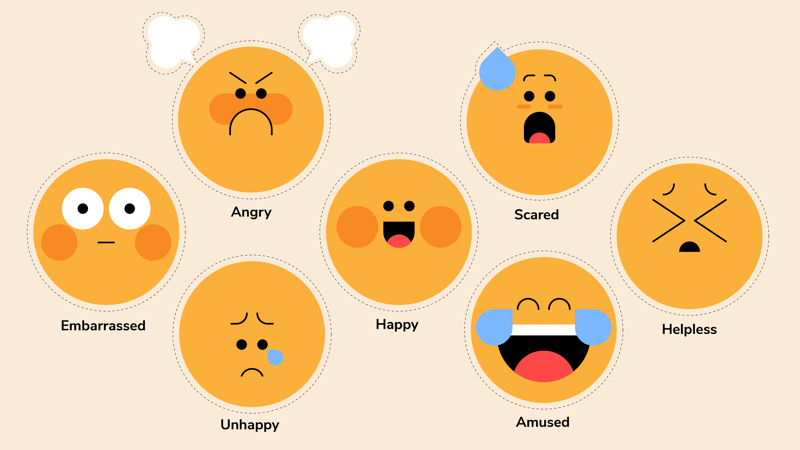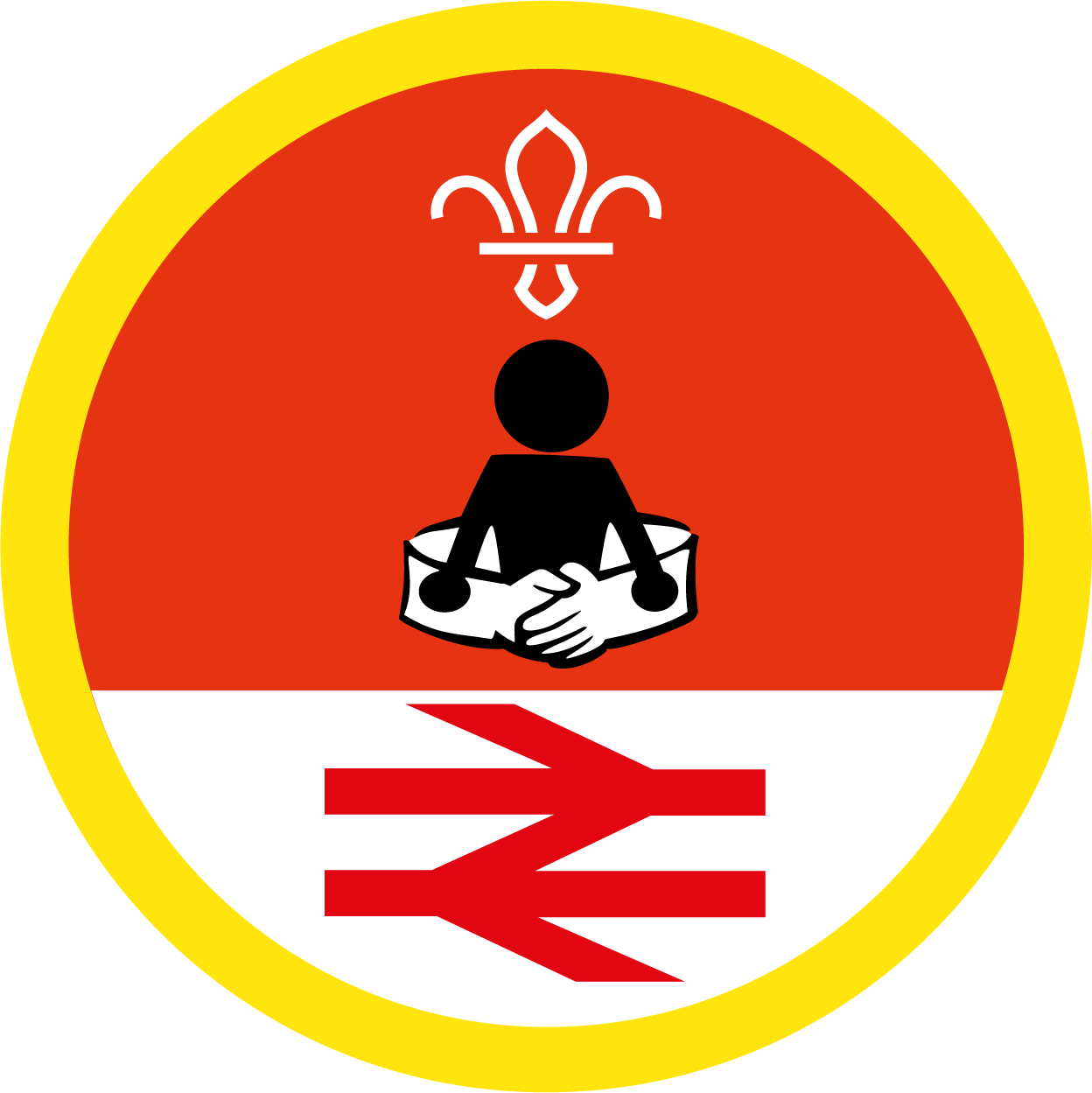
Online safety summit
You’ll need
- Scrap paper
- Pens or pencils
- Sticky tack
Before you begin
Make sure parents and carers are aware that you’ll be talking about staying safe online, so they can flag any potential issues and carry on conversations at home.
Staying safe online is a broad topic. We’ve included some key points below. You can also find more information in the Stay safe resources, and on the Think U Know website. You may need to do some extra research before you get stuck in.
Talk about online safety
- Everyone should get into a circle.
- Everyone should think about the risks of the internet and ways to stay safe online, and share their ideas with the group. The person leading the game might need to help everyone come up with ideas and solutions.
People might think about using privacy settings on social media, remembering that you don’t always know who people online really are, how easy it is for people to download and use images, how adults might lie to children online, and cyberbullying.
Play 'Emotion commotion'
- Allocate a different area of the meeting place to a different emotion. For example, different walls could represent 'happy', 'amused', 'embarrassed' or 'angry'.
You could write these emotions, or draw out the emojis, on scraps of paper and stick them to the walls or floor.
- The person leading the game should read some online situations. Below are some suggestions for getting started.
You send your friend a picture of your new trainers. They reply: ‘Omg I had those trainers last year, they’re boring now.’ You share a funny video and people comment: ‘I don’t get it…’ ‘This is stupid!’ ‘No-one wants to see this.’ Someone from school sends you a text message: ‘I don’t like you, no one likes you, idiot!’ Your friend says they showed someone else your picture and they said you’re ugly.
- Everyone should imagine being in the situation. They should move to stand by the emotion they think they’d feel.
- The person leading the game should help everyone reflect on the situation, and what’s going on. We’ve included some suggested questions alongside the situations, to get you started.
- The person leading the game should read another situation, and everyone should play again. They should keep reading the situations, and people could make up their own too.
Play 'Fruit salad'
Playing a game such as fruit salad is a great way to lift the mood a little, and divide everyone into groups of four to make their posters.
- Give everyone the name of a fruit – apple, banana, pineapple, or mango.
- Everyone should run around the room.
- When the person leading the game calls ‘fruit salad!’, everyone should get into a group of four different fruits: one apple, one banana, one pineapple, or one mango.
- Groups should split up and run around, then repeat step three until everyone’s had a chance to move around a little and feel a bit happier.
- The last time groups split into groups of four, they should stay in their groups for the next activity.
Make a ‘safe online’ poster
- Give each group a big sheet of paper and some pens. They should make a poster with their top tips for staying safe online – they might need to think back to the discussion everyone had at the start.
- People might like to think about: what details shouldn’t you put online (such as pictures, details of where you live, and your school)? Should you give details (such as your address and phone number) to strangers? Should you use a webcam to talk to people you’ve not met offline? Can you make your profile on social media private, so only your friends (and parents and carers) can see it? Should you open emails from people you don’t know? What should you do if you’re worried about something you’ve seen online?
- Everyone should take it in turns to show the group their poster.
You might want to display them in your meeting place, so everyone can learn.
Reflection
This activity helped you to think about communication. Communication isn’t just about talking – it includes messages and comments as well. Is it important to choose your words carefully online? Should you communicate in the same way with everyone – no matter whether they’re your best friend from school or a stranger online? What information should you keep to yourself, and not communicate? Who can you tell if you see something upsetting or worrying online?
This activity also helped you to care about others. Do you think what you say and comment online has an impact? How do you think comments online (even when they’re anonymous) might make other people feel? How would you help a friend if they saw something upsetting being said about them online?
Safety
All activities must be safely managed. You must complete a thorough risk assessment and take appropriate steps to reduce risk. Use the safety checklist to help you plan and risk assess your activity. Always get approval for the activity, and have suitable supervision and an InTouch process.
- Online safety
Supervise young people when they’re online and give them advice about staying safe. Take a look at our online safety or bullying guidance. The NSPCC offers more advice and guidance, too. If you want to know more about specific social networks and games, Childnet has information and safety tips for apps. You can also report anything that’s worried you online to the Child Exploitation and Online Protection Command. As always, if you’ve got concerns about a young person’s welfare, including their online experiences, follow the Yellow Card to make a report.
If anyone’s experienced any upsetting situations online, you may need to adapt this activity. Speak to young people (and their parents and carers) first to check that they’re OK to take part. You may need to remove some situations, or offer extra reassurance or information.
All Scout activities should be inclusive and accessible.
